Beginning with the founding of the city of Rome in 8th century BCE, the earliest period of Ancient Rome was the Roman Kingdom which ended with the overthrow of the kings in 509 BC. This was followed by the Roman Republic, which ended with Augustus establishing himself as the first Roman Emperor in 27 BCE. The last period of Ancient Rome was the Roman Empire which reached its zenith in 117 CE becoming one of the largest empires of the ancient world. The period of Ancient Rome is considered to have ended with the collapse of the Western Roman Empire in 5th century CE. The ancient Romans build several engineering marvels including magnificent aqueducts, durable roads and splendid structures like the Colosseum and the Pantheon. Apart from engineering they made important contributions to architecture, law, literature, science and technology owing to discoveries and innovations. Here are the 10 major accomplishment of Ancient Rome.
#1 IT WAS ONE OF THE LARGEST EMPIRES IN HISTORY TILL THAT POINT
Born Gaius Octavius and also known as Octavian, Augustus Caesar transformed the Roman Republic, which was marred by civil wars, into a stable monarchic Empire in 27 BCE. Augustus, who reigned till 14 CE, dramatically enlarged his empire annexing numerous territories. In 98 CE, Trajan became the emperor of Rome. It was Trajan who led the Roman Empire during the greatest military expansion in Roman history. At the time of his death in 117 CE, the Roman Empire had reached its maximum territorial extent. It controlled land around the Mediterranean Sea in Europe, North Africa and West Asia. It is estimated that the Roman Empire, at its peak, spanned over an area of around 5 million square kilometers. This made it one of the largest and most powerful empires till that point in history comparable to the Macedonian Empire of Alexander the Great and the Achaemenid Empire of Darius I which held 5.2 mi km2 and 5.5–8 mi km2 of area respectively.
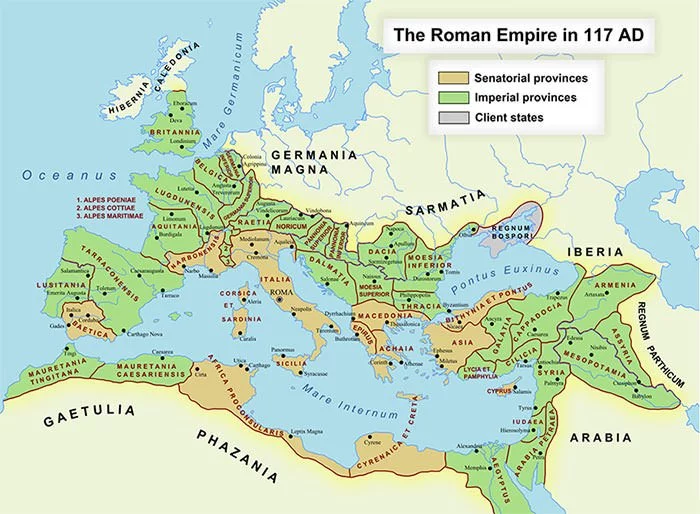
#2 ROMAN ARCH BECAME A FOUNDATIONAL ASPECT OF WESTERN ARCHITECTURE
An arch is a curved symmetrical structure which allows the weight of buildings to be evenly distributed along various supports, preventing massive structures from crumbling under their own weight. The arch thus allowed builders to make larger and more complex buildings. Although the arch was in use for centuries, it was the Romans who realized the enormous potential of the arch; perfected the technique of constructing them; and applied them to a wide range of structures. The Roman arch was the foundation of Rome’s architectural mastery. It allowed them to make bigger buildings, longer roads and better aqueducts. The arch is one of the single most important architectural discoveries in human history and it was the Romans who perfected it. The Roman arch became a foundational aspect of Western architecture and generated new systems of building across Europe.
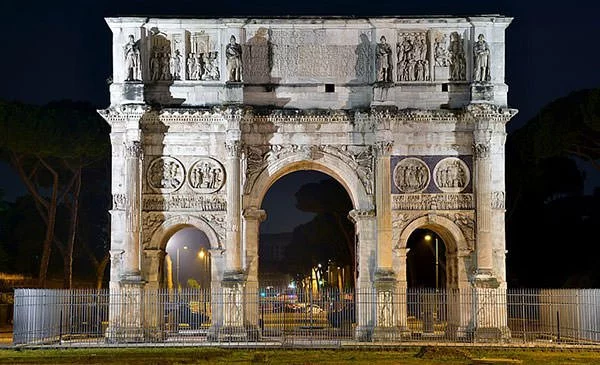
#3 ROMAN AQUEDUCTS ARE CONSIDERED ENGINEERING MARVELS
Though the aqueduct was devised much earlier in India, Egypt and Greece, the Romans improved on the structure. They constructed aqueducts throughout their empire building a complex and extensive network of water supply. The Romans used the aqueducts to bring water to their cities for drinking, irrigation and other purposes; as well as to channel waste water away from the cities to far away water bodies. Rome’s first aqueduct was built in 312 BC and they went on to create numerous aqueduct systems over the next 500 years. Most Roman aqueducts proved durable with a few still being partly in use. The aqueducts in Rome required a great deal of planning. They were made from a series of pipes, tunnels, canals and bridges. Aqueducts are regarded as perhaps the most important engineering feat of the Romans. Among the most renowned Roman aqueducts are Pont du Gard, Aqueduct of Segovia and Valens Aqueduct.
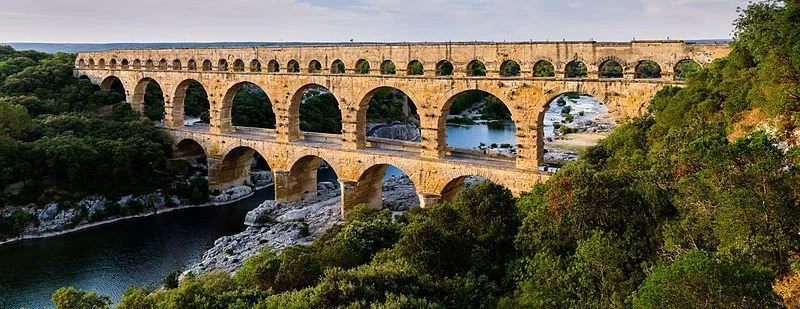
#4 THEY BUILT MAGNIFICENT STRUCTURES LIKE THE COLOSSEUM
The Colosseum, also known as the Flavian Amphitheatre, is an ancient oval amphitheater in the city of Rome. Its construction began in 72 CE and it was completed by 80 CE. The Colosseum was used for gladiatorial contests and other public spectacles like dramas, animal hunts and mock sea battles. It is estimated that it could hold between 50,000 and 80,000 spectators; and had an average audience of around 65,000. The Colosseum is the largest amphitheater ever built and it is listed as one of the New7Wonders of the World. The Pantheon was another great structure build by the Romans. It was a Roman temple which was completed during the reign of Emperor Hadrian. The Pantheon has been in continuous use throughout history as it has been used as a church since the 7th century. Its most fascinating part is its giant dome, which was the largest in the world for 1300 years and it still remains the largest unsupported dome in the world.
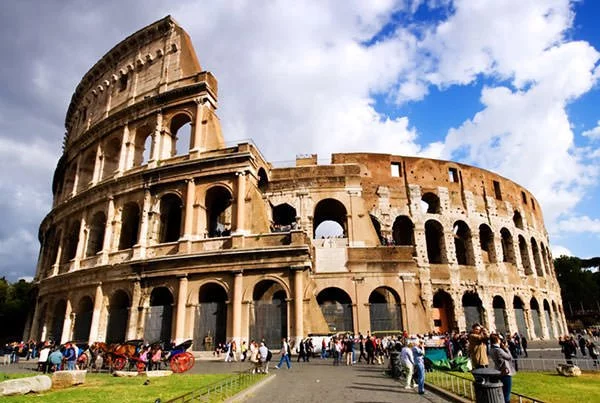
#5 THEY BUILT A SOPHISTICATED SYSTEM OF ROADS
To ensure maintenance, development and effective administration of their huge state, the Romans built the most sophisticated system of roads the ancient world had ever seen. Roman roads were of various kinds ranging from small local roads to broad, long-distance highways which connected cities. At the peak of Rome’s development, the empire’s 113 provinces were interconnected by 372 great roads. The whole comprised more than 400,000 kilometers of roads. The Roman roads were constructed with a combination of dirt; gravel; and bricks made from granite or hardened volcanic lava. When the road encountered an obstacle, the Romans generally engineered a solution to the obstacle rather than redirecting the road around it. For example, bridges were constructed over water bodies and hills were tunneled through. The Romans incorporated many practical innovations in their road designs; and their roads were built to withstand floods and environmental hazards. Testimony to the engineering of Roman roads is that many of them are still used today despite having being constructed more than a millennium ago.
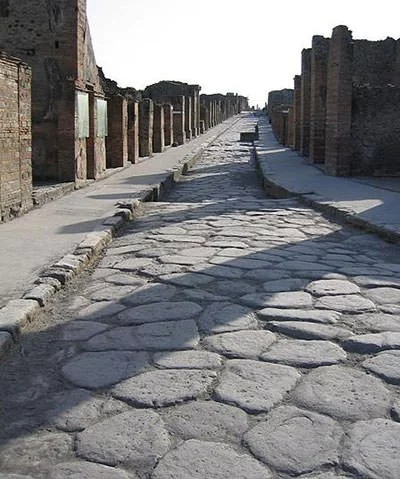
#6 ROMAN LAW LAID THE FOUNDATION FOR THE MODERN LEGAL SYSTEM
Roman law, the legal system of ancient Rome, included legal developments spanning over a thousand years. The Twelve Tables are regarded as the foundation for ancient Roman law. Divided into twelve sections, they were a sequence of definitions of various private rights and procedures. The provisions in the tables were often highly specific and diverse. The Twelve Tables were displayed at various forums or meeting places in Romans cities. Roman law continued to evolve over time with laws created on issues such as property, divorce, religion, black magic, theft etc. By order of Emperor Justinian I, all of Rome’s history of law was synthesized into one document. It was titled Corpus Juris Civilis (“Body of Civil Law”) and issued between 529 CE and 534 CE. Corpus Juris included modern legal concepts such as the notion that the accused is innocent until proven guilty. Roman law served as a basis for legal practice in Western Europe countries as well as their colonies. It proved hugely influential as it forms the basic framework for civil law, the most widely used legal system today.
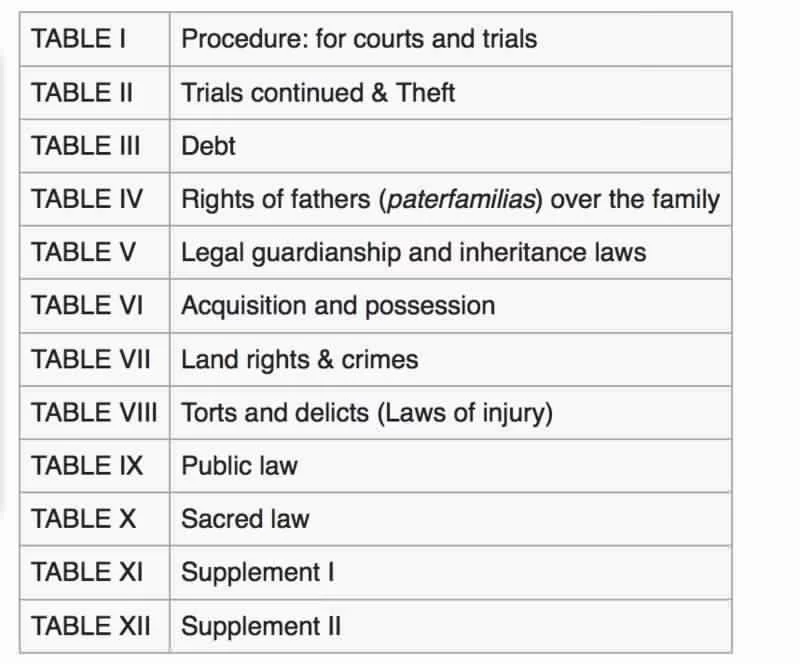
#7 ITS LITERATURE HAD AN ENORMOUS IMPACT ON WESTERN LITERATURE
Roman literature, written in the Latin language, remains an enduring legacy of ancient Rome. It includes essays, histories, poems, plays and other writings. Latin literature drew heavily on the traditions of other cultures, particularly ancient Greece. Its start is conventionally dated to 240 BCE and it continued to flourish for the next six centuries. It is said to have reached its greatest heights in the period from 81 BCE to 17 CE. This period is known as the Golden Age of Roman Literature. The four most renowned writers of this time are Cicero, Virgil, Horace and Ovid. Cicero, considered one of Rome’s greatest orators, had an immense impact on the subsequent history of prose. Virgil wrote three of the most famous poems in Latin literature: Eclogues, Georgics and Aeneid. Horace created the Horatian ode. Ovid wrote the poem Metamorphoses, considered one of the most influential works in western literature.
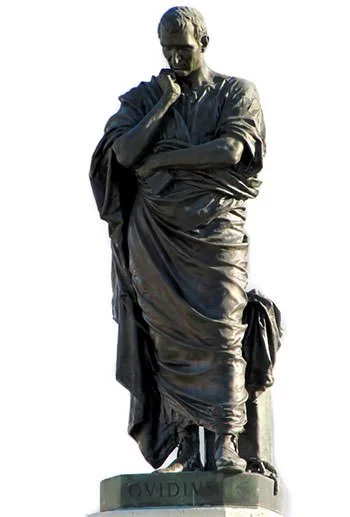
#8 THE MOST USED MODERN CALENDAR IS BASED ON THE JULIAN CALENDAR OF ROME
The ordinary year in the Roman calendar consisted of 12 months, for a total of 355 days. A 13th intercalary month of 27 or 28 days was added in some years to make the calendar follow the seasons. The Roman calendar was not only inaccurate but also manipulated for political purposes with intercalations not occurring systematically. The Roman dictator Julius Caesar replaced this calendar with a one based on the Egyptian calendar, which was regulated by the sun. He set the length of the year to 365.25 days by adding an intercalary day at the end of February every fourth year. The Julian calendar started on 1st January 45 BC and it remained the predominant calendar in most of Europe till the Gregorian calendar, the most widely used in today’s world, slightly refined it by making a 0.002% correction in the length of the year. Thus our modern calendar is based on the Julian calendar of Rome. The names of the weeks and months that we use today were also coined by the Romans.
#9 THEY USED MEDICAL CORPS ON THE BATTLEFIELD
The Romans made several military innovations in weapons, formations etc., which helped them expand into one of the most powerful empires till that time. The weapons innovated by the Romans include Pilum, a javelin like weapon which had incredible penetrating power and could go through enemy shields; Carroballista, a cart-mounted ballista which acted as a type of mobile field artillery; and Corvus, a boarding bridge which was used in naval battles to lock into the enemy ship allowing Roman soldiers to move through it to the enemy ship. The Romans also used a military formation called the Testudo or tortoise formation in which a group of soldiers formed a packed formation which was almost covered from all sides with the help of shields. However, the most important Roman military innovation was the use of medical corps on fields. The Romans had trained medics who traveled with the soldiers saving countless lives through on-field surgery and other medical procedures.
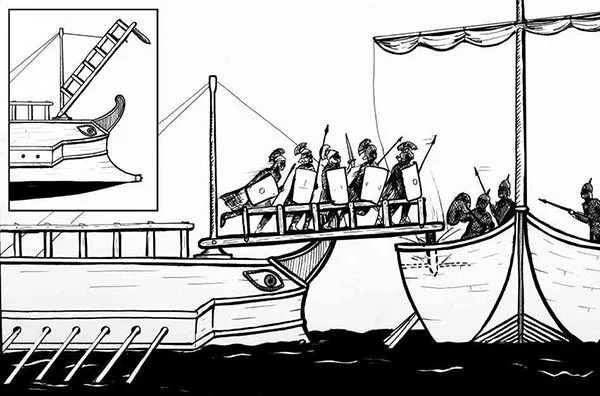
#10 THEIR ACTA DIURNA WAS A FORERUNNER TO THE NEWSPAPER
The Romans inscribed information on metal or stone slabs and placed them on spots where the public could read them, like the Roman Forum. These publications were known as Acta Diurna, or “daily acts”; and they contained details of Roman military victories, list of gladiatorial bouts, birth and death notices, etc. Acta Diurna may thus be regarded as a forerunner to the newspaper. In mathematics, the Romans invented the Roman Numerals. Though these numerals were no use in scientific mathematics, they were simple and are hence still used widely. The Latin alphabet of Rome is the predecessor of the alphabet of the English language. The Romans also invented an advanced system of central heating in which they circulated hot air through pipes to warm the walls and the floors of the rooms. This system is known as a hypocaust.

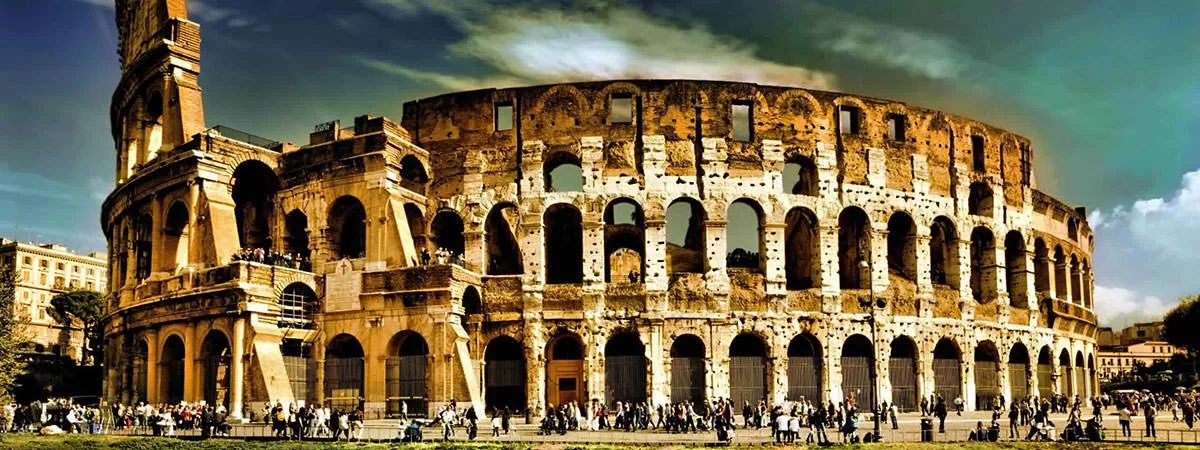
Stop trying to scare people with your superstitions.
Can you elaborate more please?
God used Rome and its vast system of roads and conquests to spread His word, and the Law of Love. Christians were no longer Fed to lions for sport, and the City of Light became the center of God’s word. Like everything, corruption sets in. “The earth will wear out like a garment, and the heavens will pass away.” Be prepared.